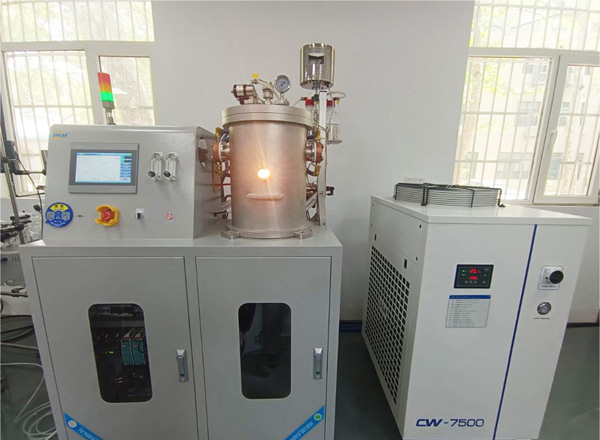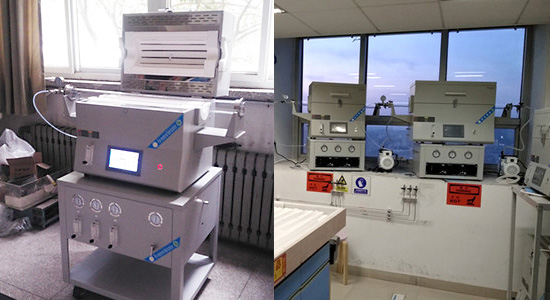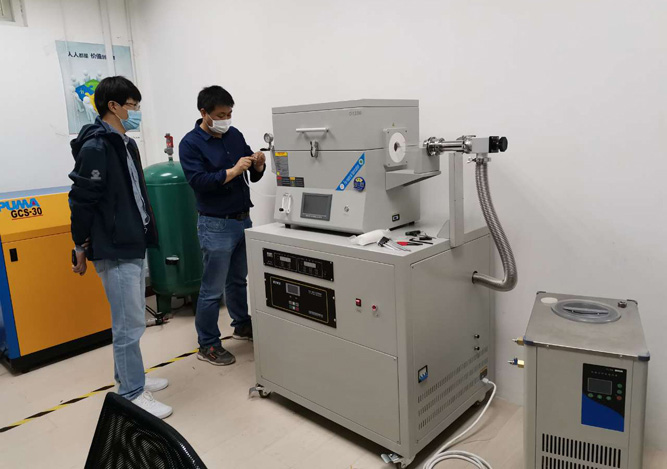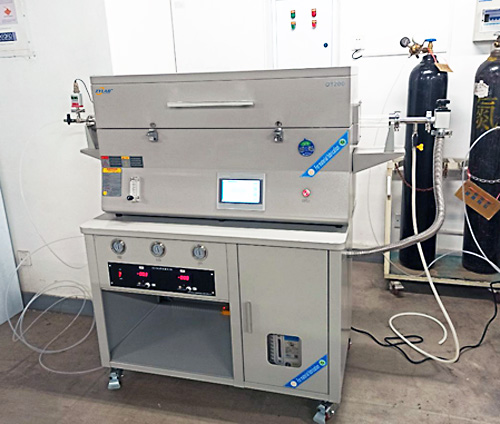Table of Contents
I. Overview
Introduction:
The vertical planetary ball mill is primarily used for primary crushing (0.5-3mm), fine grinding (5-75µm), precision grinding (0.1µm), mixing, sample preparation, nano-material grinding, dispersion, alloying, synthesis, the development of new products, and small-scale production of high-tech materials.
This product is compact, multifunctional, efficient, and low-noise, making it an ideal device for scientific research institutions, higher education institutions, and enterprise laboratories to obtain micro-particle research samples (four samples can be obtained simultaneously per experiment).
It can be equipped with vacuum atmosphere ball mill jars, allowing samples to be ground under vacuum atmosphere protection.
The vertical planetary ball mill is suitable for wet and dry crushing and refining of hard, medium-hard, brittle, and fibrous materials, with an output fineness of less than 0.1µm.
It can also be used for grinding solids in suspensions, mixing and homogenizing samples, and metal alloying, achieving ideal results.

Applications:
Vertical Planetary Ball Mill is widely used in geology, mining, metallurgy, electronics, building materials, ceramics, chemicals, light industry, medicine, beauty, environmental protection, matcha, and other research and material production departments.
Examples include pearl, ginseng, dendrobium officinale, tablets, medicines, licorice, coke, coal, glass, cellulose, paper, chips, polymers, pigments, metal oxides, iron ore, iron powder, aluminum powder, magnesium powder, ceramics, alumina, bones, kaolin, limestone, gypsum, quartz, minerals, ores, carbon fibers, graphite, ink, clay minerals, fiber products, sewage sludge, catalysts, chemicals, alloys, soil, waste samples, wood, plant materials, cement slag, concrete, furnace slag, tobacco, etc.
For more grinding materials, please consult customer service.
Grinding Case Studies:
Elemental Silicon
- Zirconia Ball Mill Jar
- Zirconia Balls
- Switching from Dry Grinding to Wet Grinding
- Rotational Speed of 700 RPM
- Run for 5 minutes, stop for 5 minutes
- Total Time of 55 minutes
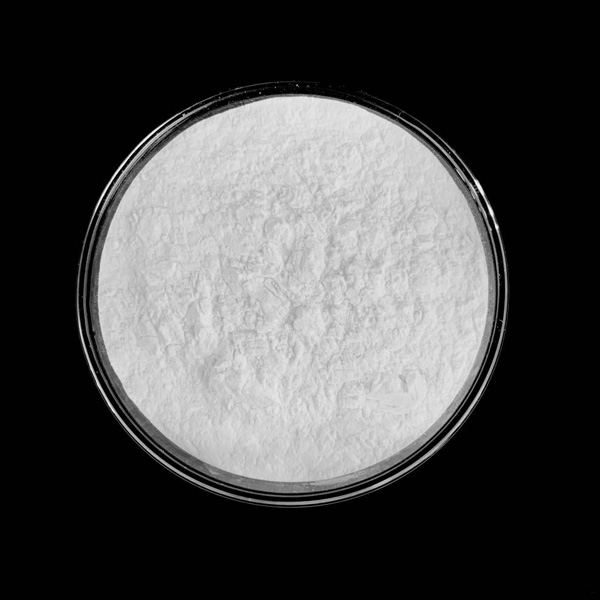
Quartz Sand
- Alumina Ball Mill Jar
- Zirconia Balls
- Switching from Dry Grinding to Wet Grinding
- Rotational Speed of 700 RPM
- Run for 5 minutes in one direction, interval of 5 minutes, dry grind for 10 minutes
- Total Time of 30 minutes
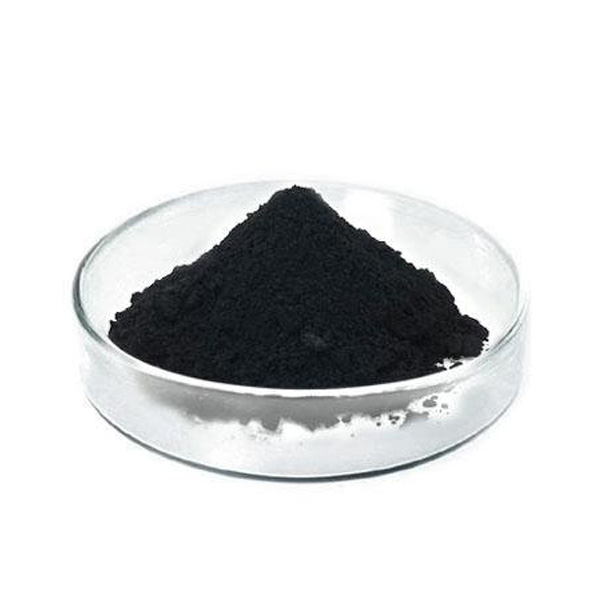
Carbon Powder
- Alumina Ball Mill Jar
- Zirconia Balls
- Dry Grinding
- Rotational Speed of 800 RPM
- Run for 10 minutes, stop for 10 minutes
- Total Time of 60 minutes
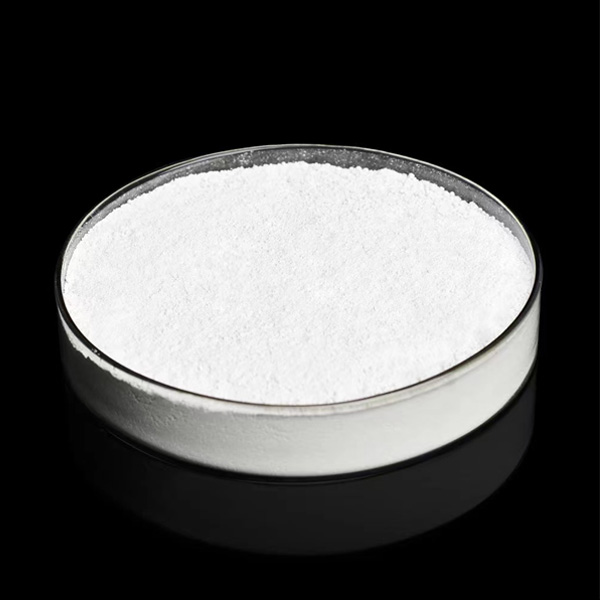
Alumina
- PTFE (Polytetrafluoroethylene) Ball Mill Jar
- Zirconia Balls
- Rotational Speed of 500 RPM
- Total Time of 30 minutes
- Grinding Process Temperature Less Than 30℃
Benefits:
- High-energy grinding to the desired particle size, with a minimum particle size reaching the nanometer level.
- Maximum grinding acceleration of 100G, enabling rapid grinding of particles.
- Capable of grinding four parallel samples simultaneously, improving the efficiency of handling multiple samples in your laboratory.
- Meets various grinding conditions: dry grinding, wet grinding, vacuum or atmosphere protection grinding, low-temperature grinding, high-temperature grinding, etc.
- Can be equipped with grinding jars and media of various materials to reduce impurities in samples, such as stainless steel, alumina, zirconia, agate, silicon carbide, nylon, PTFE, polyurethane, tungsten carbide, and more.
- Up to four ball mill jars can be placed simultaneously to grind four different types of samples or symmetrically placed with two ball mill jars. The maximum sample capacity is two-thirds of the ball mill jar volume.
- The ZYLAB vertical planetary ball mill uses complete rolling friction transmission between the metal wheel and the wear-resistant polymer material wheel. This minimizes noise and wear, and avoids gear disconnection and damage issues that may occur with gear-type ball mills, greatly enhancing operational stability and service life.
- Ensures consistency: for the same material and process, the results from two or four jars are completely consistent.
- Ensures repeatability: for the same material and process, the results of repeated ball milling are completely consistent.
Working Principle:
The vertical planetary ball mill is equipped with four ball mill jars on the same turntable (see the figure below). When the turntable rotates, the ball mill jars revolve around the turntable axis while rotating around their own axis, performing planetary motion. The grinding balls in the jars collide with each other at high speeds, grinding and mixing the samples.

Due to the revolution and rotation parameters of the planetary ball mill, different pressing forces and crushing speeds can be easily obtained to adapt to the processing of powders with different hardness, and production capacity can also be adjusted.
Main Motion Modes of Materials Inside the Vertical Planetary Ball Mill Cylinder:
- Pulsation: The material moves as a group away from the center of revolution and rotates with the cylinder to a certain angle, then slides in the opposite direction of rotation. The grinding media push the powder layer in the mill, applying compressive, shear, and friction forces to the material.
- Cascading: The material rotates with the mill to a certain angle, then leaves the wall of the cylinder when the pressure against the wall is zero, applying an impact force to the material.
- Circulation: The material rises along a concentric circular path, then falls layer by layer, forming a circulating state, applying compressive grinding and friction forces to the powder.
- Circumferential Motion: The material moves in a circular motion with the grinding media and slides relative to it, applying frictional force to the powder.
- Adherence: The material near the wall rotates with the mill without sliding, losing its crushing effect, but protecting the inner wall of the mill and reducing wear. The main actions that achieve ultrafine grinding are circulation and sliding motion.

II. Main Features of Vertical Planetary Ball Mill:
- Small volume, with a design philosophy rooted in German design principles, prioritizing safety, efficiency, and convenience.
- Uses patented oil seal technology and noise-reducing materials to lower noise and enhance user comfort.
- Fully automated processing, no need for tuning, simple to use, practical, and comprehensive functionality.
- Low power consumption, low wear and tear, low cost, low failure rate.
- Equipped with European standard conical transmission wheels, European standard electrical components and circuit design, branded inverters, and high-standard electrical components to ensure quality and longevity.
- Strong impact energy for more uniform output, higher precision, stronger crushing capacity, finer output particle size, and faster processing speed.
- Adjustable grinding time, interval time, movement direction, and speed, with features like power-off memory, emergency stop, and overload protection.
- Long service life and strong safety, meeting long-term, high-intensity experimental requirements.
- Interchangeable ball mill jars of different volumes, increasing the range of sample handling capacities and particle sizes.
- Offers over ten different materials for ball mill jars, including stainless steel, nylon, polyurethane, PTFE, zirconia, agate, providing a wider range of sample grinding options.
- Capable of both dry and wet grinding, with the option to configure vacuum ball mill jars for vacuum grinding, pressurized grinding, and inert gas grinding.
- Can be equipped with a liquid nitrogen cooling system for ultra-low temperature processing (additional configuration).
- Capable of detecting temperature and pressure inside the ball milling vessel (additional configuration).
- Can accommodate up to four ball mill jars simultaneously to grind four different types of samples or symmetrically place two ball mill jars.
- Under the same conditions, multiple ball mill jars grinding the same sample will achieve identical results in each jar.
- Under the same conditions, each batch of grinding the same sample will achieve consistent results.
- Comprehensive industry applications, wide range of sample types, and high grinding flexibility.
- PLC panel for convenient, simple, and efficient operation, allowing the setting of time, speed, and direction.
- Equipment can be directly moved and positioned with wheels, making it easy and quick to transport.
- Intelligent control safety door, which can only be opened when the machine is not in motion, preventing the risk of opening the door while the machine is running and jars being ejected.
III. Main Technical Parameters:
| Model | Model Number | Ball Mill Jar Capacity | Power Supply(V/Hz) | Power(KW) | Rotational Speed (r/min) | Continuous Operation(H) | Noise (≤db) | Dimensions (CM) | |
| Revolution | Rotation | ||||||||
| Vertical | YXQM-0.4L | 50-100ml | 220/50 | 0.55 | 30-450 | 60-900 | 1-9999 | ≤60db | 60*40*50 |
| YXQM-1L | 50-250ml | 220/50 | 0.55 | 30-450 | 60-900 | 1-9999 | ≤60db | ||
| YXQM-2L | 50-500ml | 220/50 | 0.75 | 30-400 | 60-800 | 1-9999 | ≤60db | 78*58*68 | |
| YXQM-4L | 50-1L | 220/50 | 0.75 | 30-400 | 60-800 | 1-9999 | ≤60db | ||
| YXQM-8L | 500-2L | 220/50 | 1.5 | 30-320 | 60-640 | 1-9999 | ≤60db | 80*60*75 | |
| YXQM-10L | 500-2.5L | 220/50 | 1.5 | 30-320 | 60-640 | 1-9999 | ≤60db | ||
| YXQM-12L | 1L-3L | 380/50 | 1.5 | 30-320 | 60-640 | 1-9999 | ≤60db | ||
| YXQM-16L | 1L-4L | 380/50 | 3 | 30-230 | 60-460 | 1-9999 | ≤60db | 100*73*78 | |
| YXQM-20L | 1L-5L | 380/50 | 3 | 30-230 | 60-460 | 1-9999 | ≤60db | ||
| YXQM-40L | 5L-10L | 380/50 | 7.5 | 30-220 | 60-440 | 1-9999 | ≤90db | 107*95*138 | |
| YXQM-60L | 5L-15L | 380/50 | 7.5 | 30-220 | 60-440 | 1-9999 | ≤90db | ||
| YXQM-80L | 5L-20L | 380/50 | 15 | 30-180 | 60-360 | 1-9999 | ≤90db | 170*150*160 | |
Oil Sealing Noise Reduction Vertical Planetary Ball Mill- Oil Load Table:
| Main Engine Model | Oil Capacity |
| YXQM(0.4L-1L) | 800ml |
| YXQM(2L-4L) | 800ml |
| YXQM(8L-12L) | 1000ml |
| YXQM(16L-20L) | 2800ml |
| YXQM(40L-60L) | 4000ml |
| YXQM(80L-100L) | 18000ml |
IV. Ball Mill Jars
Introduction:
The vertical planetary ball mill must be used with ball mill jars when processing nanomaterials. It can use 2 or 4 jars simultaneously inside the main machine. The materials of the jars can be the same or different, but they must be placed oppositely within the equipment and have the same weight.
Classification of Ball Mill Jars by Grinding Material:
- Metal Materials: Stainless Steel Ball Mill Jar, Hard Alloy Ball Mill Jar (Tungsten Carbide)
- Polymer Materials: Nylon Ball Mill Jar, Polytetrafluoroethylene (PTFE) Ball Mill Jar, Polyurethane Ball Mill Jar
- Ceramic Materials: Zirconia Ball Mill Jar, Alumina Ball Mill Jar (Corundum)
- Natural Silicate Materials: Agate Ball Mill Jar
Ball Mill Jar Parameters:
| Material | Chemical Composition | Density | Wear Resistance Grade | Hardness | High Temperature Resistance |
| Stainless Steel Ball Mill Jar | 304(Cr-Ni-Mn-N) | 7.9g/cm³ | ★★★ | ★★ | ★★★★ |
| Tungsten Carbide Ball Mill Jar | WC | 14.9g/cm³ | ★★★★ | ★★★★★ | ★★★★ |
| Nylon Ball Mill Jar | PA | 1.3g/cm³ | ★★ | ★ | ★ |
| PTFE Ball Mill Jar | PTFE | 2.5g/cm³ | ★ | ★ | ★★★★★ |
| Polyurethane Ball Mill Jar | PU | 1.0g/cm³ | ★★★ | ★ | ★ |
| Zirconia Ball Mill Jar | ZrO₂ | 6.5g/cm³ | ★★★★★ | ★★★★★ | ★★★★★ |
| Alumina Ball Mill Jar | Al2O3 | 4.5g/cm³ | ★★★ | ★★★★★ | ★★★★★ |
| Agate Ball Mill Jar | SiO2 | 3.0g/cm³ | ★★★★★ | ★★★★★ | ★★★★★ |
| Silicon Carbide Ball Mill Jar | SiC | 3.2g/cm³ | ★★★ | ★★★★★ | ★★★★★ |
| Silicon Nitride Ball Mill Jar | Si₃N₄ | 3.1g/cm³ | ★★★ | ★★★★★ | ★★★★★ |
Characteristics:
Stainless Steel Ball Mill Jar:
Most widely used, high temperature resistance, corrosion resistance (mild acid and alkali), moderate wear resistance, low cost.
Hard Alloy Ball Mill Jar:
High hardness, high wear resistance, high density, essential for ultra-high hardness materials, high cost.
Nylon Ball Mill Jar:
Alcohol resistant, not high temperature resistant, high wear resistance among polymers, lightweight, essential for mixing, low cost.
Polytetrafluoroethylene (PTFE) Ball Mill Jar:
Strong corrosion resistance, even against aqua regia, which is its biggest feature, moderate wear resistance, low cost.
Polyurethane Ball Mill Jar:
High surface smoothness, not resistant to organic solvents and corrosion, lightweight, essential for ultra-fine sample grinding and mixing, low cost.
Zirconia Ball Mill Jar:
Corrosion resistant, high temperature resistant, highly wear resistant, high surface smoothness, excellent overall performance, high cost but excellent cost-performance ratio. It is the most widely used and has the best comprehensive performance among all ball mill jar materials.
Alumina Ball Mill Jar:
Corrosion resistant, high temperature resistant, strong crushing ability, moderate wear resistance, low cost.
Agate Ball Mill Jar:
Corrosion resistant, high temperature resistant, highly wear resistant, high purity, moderate crushing ability, high cost.
Silicon Carbide Ball Mill Jar:
Corrosion resistant, high temperature resistant, ultra-high hardness, but very brittle, moderate wear resistance, belongs to special ceramics, high cost.
Silicon Nitride Ball Mill Jar:
Corrosion resistant, high temperature resistant, ultra-high hardness, but very brittle, moderate wear resistance, belongs to special ceramics, high cost.
Selection Recommends:
Choose the jar based on the industry:
| Metal Materials | Stainless Steel Ball Mill Jar,Tungsten Carbide Ball Mill Jar |
| Ceramic Materials | Alumina Ball Mill Jar,Zirconia Ball Mill Jar,Nylon Ball Mill Jar |
| Lithium Battery Materials | Zirconia Ball Mill Jar,Agate Ball Mill Jar,Polyurethane Ball Mill Jar,Stainless Steel Ball Mill Jar,Nylon Ball Mill Jar,PTFE (Polytetrafluoroethylene) Ball Mill Jar |
| Metallurgical Materials | Stainless Steel Vacuum Atmosphere Protection Ball Mill Jar,Tungsten Carbide Ball Mill Jar |
| Magnetic Materials | Nylon Ball Mill Jar,Zirconia Ball Mill Jar,Alumina Ball Mill Jar |
| Biomedical Industry | Zirconia Ball Mill Jar,Alumina Ball Mill Jar,Agate Ball Mill Jar |
Choose the jar based on the application:
| Primarily for Grinding | Zirconia Ball Mill Jar,Stainless Steel Ball Mill Jar,Tungsten Carbide Ball Mill Jar,Alumina Ball Mill Jar,Agate Ball Mill Jar,Silicon Carbide Ball Mill Jar,Silicon Nitride Ball Mill Jar |
| Primarily for Mixing | Polyurethane Ball Mill Jar,Nylon Ball Mill Jar,PTFE (Polytetrafluoroethylene) Ball Mill Jar,Agate Ball Mill Jar |
Choose the jar based on the material hardness:
| Selection for Grinding High Hardness Materials (Hardness > 9) | Tungsten Carbide Ball Mill Jar,Zirconia Ball Mill Jar,Alumina Ball Mill Jar |
| Selection for Grinding Medium Hardness Materials (Hardness > 5-9) | Stainless Steel Ball Mill Jar,Agate Ball Mill Jar,Silicon Carbide Ball Mill Jar,Silicon Nitride Ball Mill Jar |
| Selection for Grinding Low Hardness Materials (Hardness > 1-5) | Nylon Ball Mill Jar,Polyurethane Ball Mill Jar,PTFE (Polytetrafluoroethylene) Ball Mill Jar |
Material Hardness Table:
| Hardness | Representative Material |
| 1 | Talc, Graphite |
| 1.5 | skin, Natural Arsenic |
| 2 | Gypsum |
| 2~3 | Ice |
| 2.5 | Nail, Amber, Ivory |
| 2.5 ~ 3 | Pure Gold, Silver, Aluminium |
| 3 | Calcite, Copper, Pearl |
| 3.5 | Shell |
| 4 | Fluorite |
| 4 ~ 4.5 | Platinum |
| 4 ~ 5 | Iron |
| 5 | Apatite |
| 5.5 | Glass, Stainless Steel |
| 6 | Orthoclase, Tanzanite, Pure Titanium |
| 6 ~ 7 | Teeth (Tooth Enamel) |
| 6 ~ 6.5 | Nephrite |
| 6.5 | Iron Pyrite |
| 6.5 ~ 7 | Jadeite |
| 7 | Quartz, Amethyst |
| 7.5 | Tourmaline, Zircon |
| 8 | Topaz |
| 8.5 | Chrysoberyl |
| 9 | Corundum, Chrome, Tungsten Steel |
| 9.25 | Moissanite |
| 10 | Diamond |
| Greater than 10 | Aggregated Diamond Nanorods |
Ball Mill Jar Images:
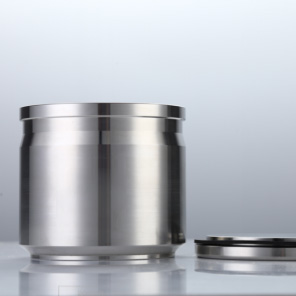
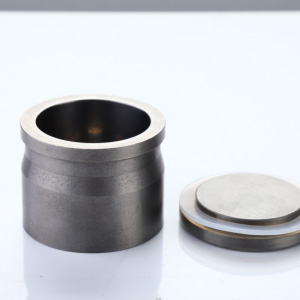
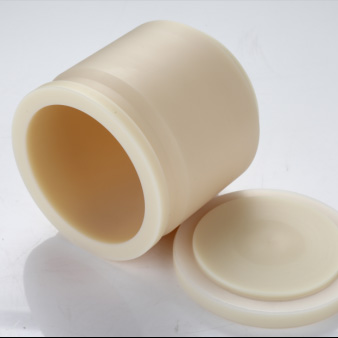
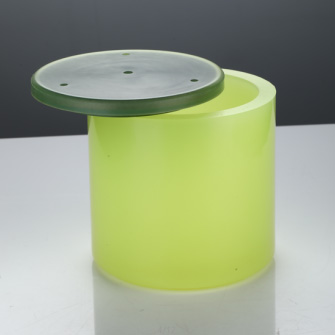
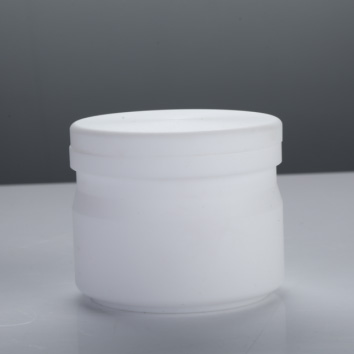
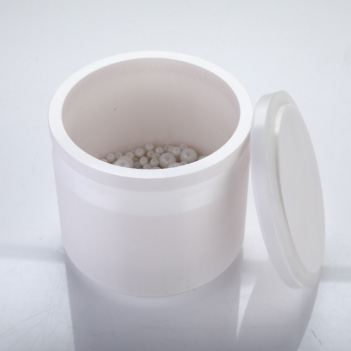
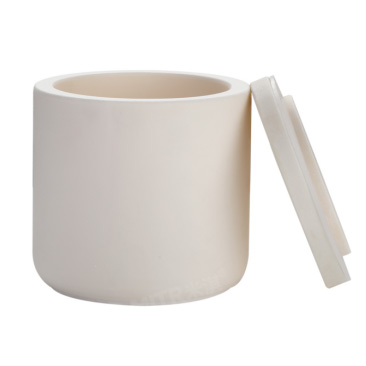
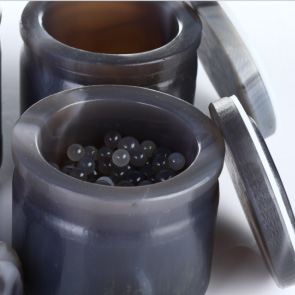
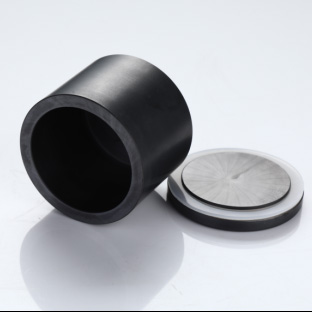
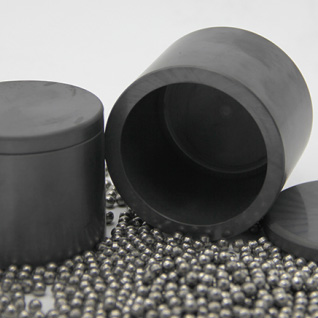
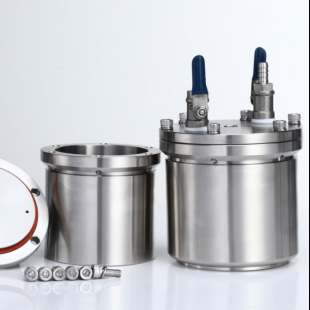
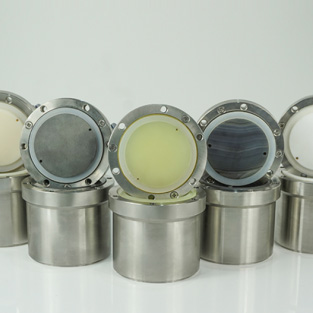
Selection of Vacuum Jar Lining Material:
- Stainless Steel Vacuum Atmosphere Protection Ball Mill Jar
- Stainless Steel Vacuum Lined Tungsten Carbide Ball Mill Jar
- Stainless Steel Vacuum Lined Nylon Ball Mill Jar
- Stainless Steel Vacuum Lined Zirconia Ball Mill Jar
- Steel Vacuum Lined Polytetrafluoroethylene (PTFE) Ball Mill Jar
- Stainless Steel Vacuum Lined Polyurethane Ball Mill Jar
- Stainless Steel Vacuum Lined Agate Ball Mill Jar
- Stainless Steel Vacuum Lined Tungsten Carbide Ball Mill Jar
V. Grinding Media
In ball mill applications, selecting the right grinding media is key to achieving efficient grinding. Different materials of ball mill jars require different media, such as alumina or zirconia for ceramic jars, steel balls for stainless steel jars, and soft media for polymer material jars.
The properties of the material, particle size requirements, and production efficiency also need to be considered. For example, fragile materials require media with low impact force, while fine grinding requires small-sized media.
Available Materials for Grinding Media:
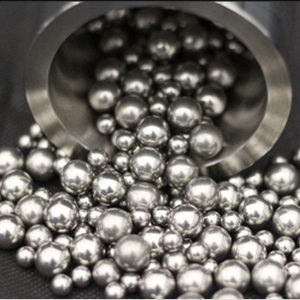
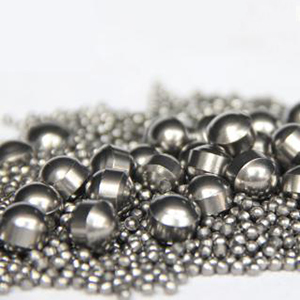
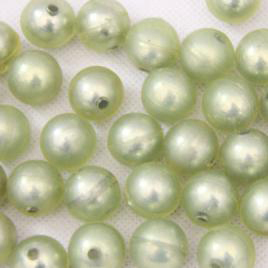
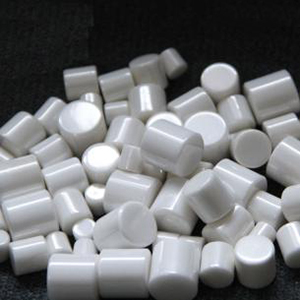
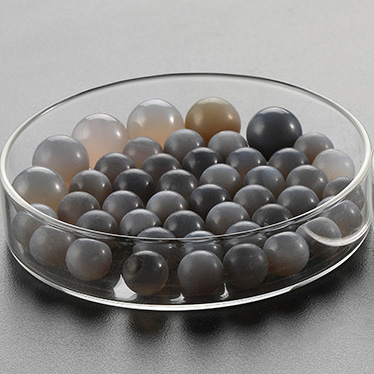
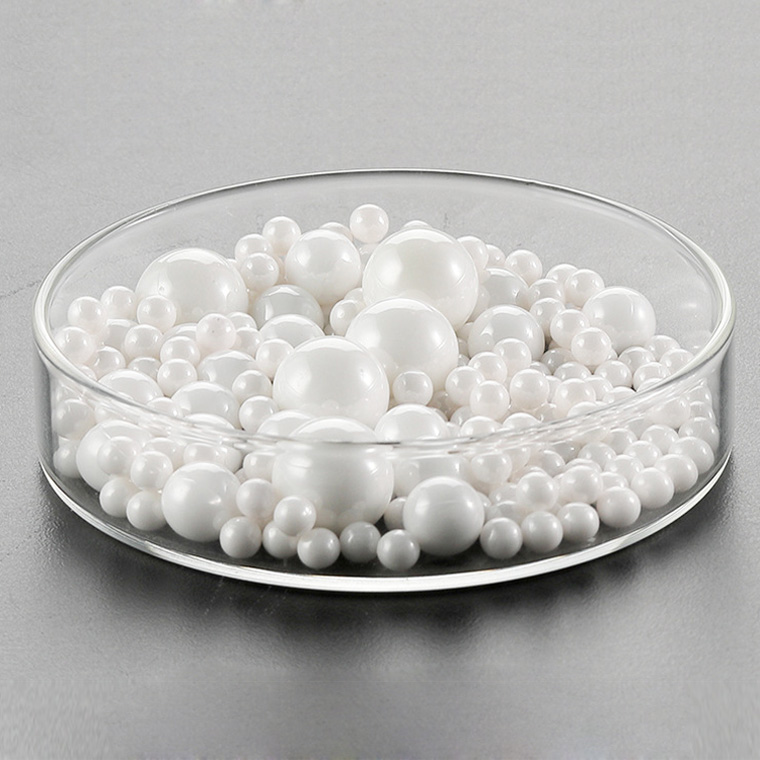
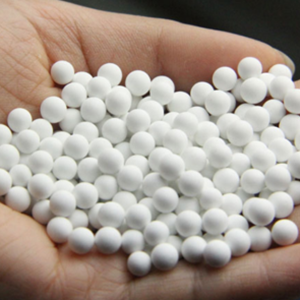
VI. Our Factory
We have professional engineers and skilled technicians, standard models can quickly ship within one week.
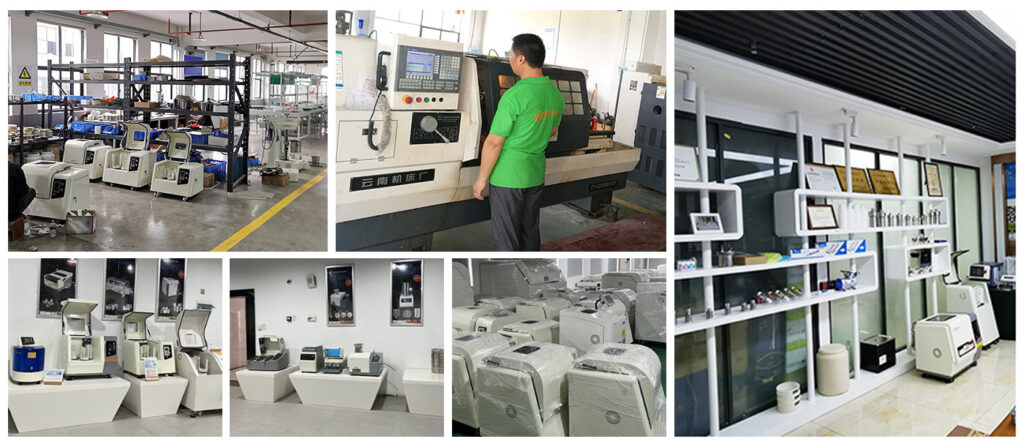
VII. Optional
One-Stop Powder Material Preparation Solutions:
Crushing – Grinding – Mixing – Sieving – Pressing – Sintering – Vacuum Experiments
Contact us now to get a professional solution and a free quote!

